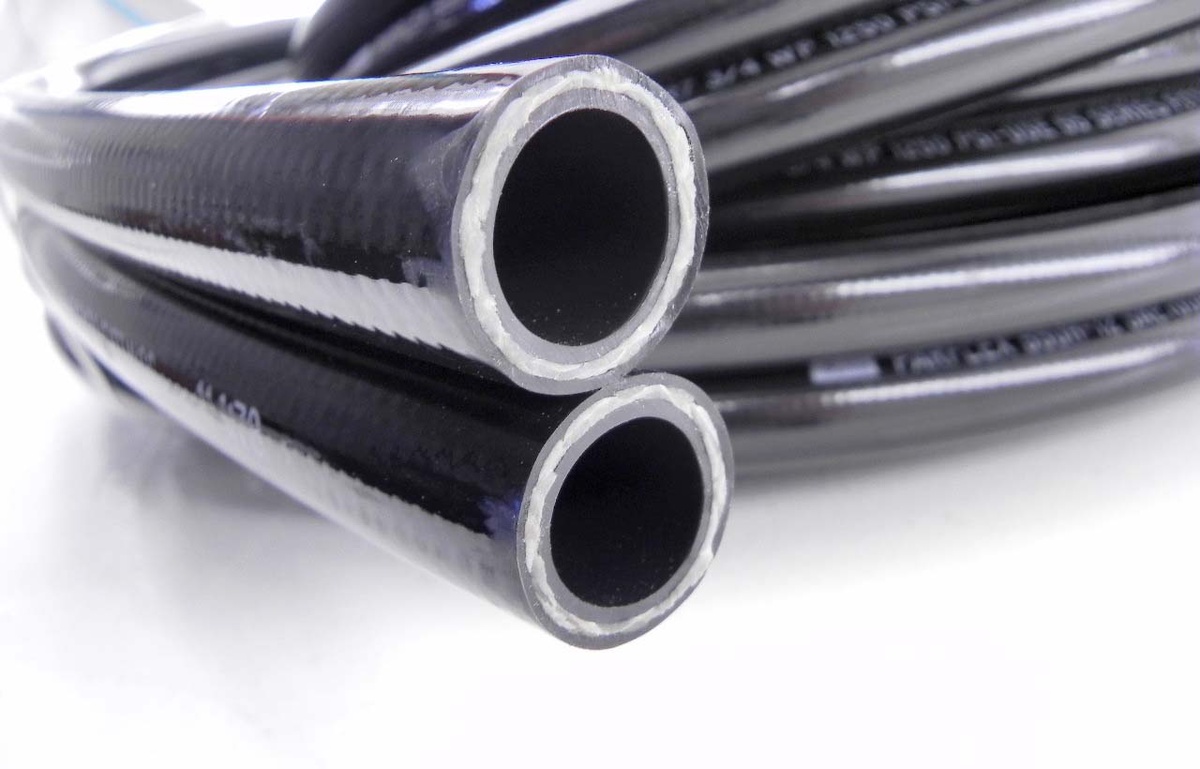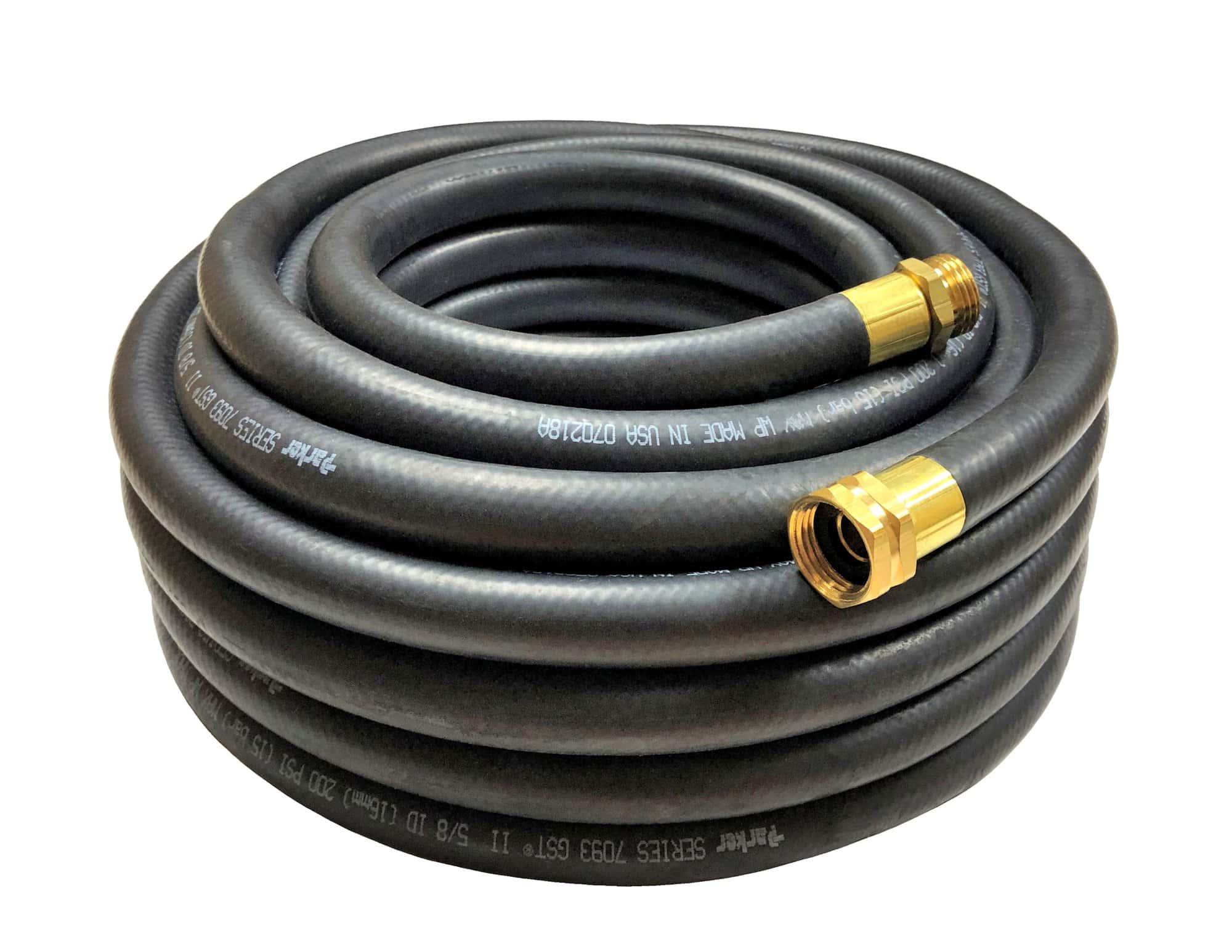Rubber hoses play a crucial role in various industries, facilitating the transfer of fluids, gases, and materials across different applications. From automotive to industrial processes, these flexible conduits are indispensable components that ensure the smooth and efficient functioning of machinery and systems. In this article, we'll delve into the world of rubber hoses, exploring their types, applications, and key considerations for optimal performance.
The Basics of Rubber Hoses
Rubber hoses are versatile tubes made from synthetic or natural rubber compounds. They are reinforced with layers of fabric, wire, or a combination of both to enhance their strength and flexibility. The materials used in their construction contribute to their ability to withstand a wide range of temperatures, pressures, and chemical exposures.
Types of Rubber Hoses
- Air and Water Hoses: These hoses are commonly used in industrial settings and construction sites for the transfer of compressed air and water. They are designed to withstand varying pressures and are often flexible for ease of use.
- Oil and Fuel Hoses: Engineered to handle the transfer of oils, fuels, and other petroleum-based products, these hoses are crucial in automotive, marine, and industrial applications. They are resistant to oil and abrasion.
- Chemical Hoses: Designed to transport aggressive chemicals, acids, and solvents, chemical hoses are constructed with materials that resist corrosion and degradation from chemical exposure. They are essential in industries such as manufacturing, agriculture, and chemical processing.
- Food Grade Hoses: Compliant with strict hygiene and safety standards, these hoses are suitable for the transportation of food and beverage products. They are made from non-toxic materials and are often transparent for easy visual inspection.
- Steam Hoses: Built to handle high-temperature steam, these hoses are crucial in industries like manufacturing and processing. They are reinforced to prevent kinking and provide efficient steam transfer.
Applications of Rubber Hoses
- Automotive Industry: Rubber hoses are extensively used in vehicles for various purposes, including coolant hoses, fuel hoses, and brake hoses. They ensure the proper functioning of engines and other automotive systems.
- Industrial Processes: In manufacturing plants, rubber hoses are employed for the transfer of fluids, chemicals, and gases. They are integral to processes such as material handling, pneumatic applications, and hydraulic systems.
- Agriculture: Agricultural machinery relies on rubber hoses for the efficient transfer of water, pesticides, and fertilizers. Irrigation systems and crop spraying equipment utilize these hoses to enhance productivity.
- Construction: Construction sites utilize rubber hoses for a range of applications, including the transfer of water, concrete, and compressed air. They are essential components in construction machinery and equipment.
Key Considerations for Optimal Performance
- Material Compatibility: Selecting a rubber hose that is compatible with the material it will transport is crucial to prevent chemical reactions and degradation.
- Temperature and Pressure Ratings: Understanding the temperature and pressure requirements of your application is essential to choose a hose that can withstand the operating conditions.
- Flexibility and Bend Radius: Consider the flexibility and bend radius of the hose to ensure it can navigate tight spaces without kinking, thus maintaining optimal flow.
- Reinforcement Type: The choice of reinforcement (fabric, wire, or both) depends on the application's specific requirements, such as pressure resistance and flexibility.
- Regulatory Compliance: Ensure that the selected rubber hose complies with industry standards and regulations, especially in applications involving food, pharmaceuticals, or other sensitive sectors.
Conclusion
Rubber hoses are the unsung heroes of many industries, silently facilitating the transfer of fluids and materials to keep processes running smoothly. Understanding the types, applications, and key considerations when choosing rubber hoses is vital for ensuring optimal performance and longevity. As industries continue to evolve, the importance of these flexible conduits in maintaining efficiency and safety remains unwavering.



No comments yet